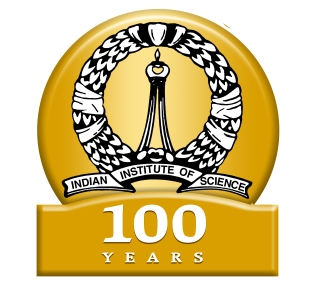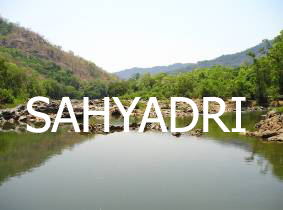| Ramachandra T.V. |
| Energy and Wetlands Research Group, Centre for Ecological Sciences, |
| Indian Institute of Science. Bangalore - 560 012. INDIA |
| E-Mail : cestvr@ces.iisc.ac.in, energy@ces.iisc.ac.in |
ABSTRACT
Lentic ecosystems vital functions such as recycling of nutrients, purification of water, recharge of groundwater,augmenting and maintenance of stream flow and habitat provision for a wide variety of flora and fauna along with their recreation values necessitates their sustainable management through appropriate conservation mechanisms. Failure to restore these ecosystems will result in extinction of species or ecosystem types and cause permanent ecological damage. In Bangalore, lentic ecosystems (for example lakes) have played a prominent role serving the needs of agriculture and drinking water. But the burgeoning population accompanied by unplanned developmental activities has led to the drastic reduction in their numbers (from 262 in 1976 to 81). The existing water bodies are contaminated by residential, agricultural, commercial and industrial wastes/effluents. In order to restore the ecosystem, assessment of the level of contamination is crucial. This paper focuses on characterisation and restoration aspects of Varthur lake based on hydrological, morphometric, physical-chemical and socio-economic investigations for a period of six months covering post monsoon seasons. The results of the water quality analysis show that the lake is eutrophic with high concentrations of phosphorous and organic matter. The morphometric analysis indicates that the lake is shallow in relation to its surface area. Socio-economic analyses show dependence of local residents for irrigation, fodder, etc. These analyses highlight the need and urgency to restore the physical, chemical and biological integrity through viable restoration and sustainable watershed management strategies, which include pollution abatement, catchment treatment, desilting of the lake and educating all stakeholders on the conservation and restoration of lake ecosystems.
In order to restore the ecosystem, assessment of the level of contamination is crucial. This paper focuses on characterisation and restoration aspects of Varthur lake based on hydrological, morphometric, physical-chemical and socio-economic investigations for a period of six months covering post monsoon seasons. The results of the water quality analysis show that the lake is eutrophic with high concentrations of phosphorous and organic matter. The morphometric analysis indicates that the lake is shallow in relation to its surface area. Socio-economic analyses show dependence of local residents for irrigation, fodder, etc. These analyses highlight the need and urgency to restore the physical, chemical and biological integrity through viable restoration and sustainable watershed management strategies, which include pollution abatement, catchment treatment, desilting of the lake and educating all stakeholders on the conservation and restoration of lake ecosystems.Keywords : Lentic ecosystems, watersheds management and conservation, charaterisation
Mathematics Subject Classification Number : 00A99 JEL
Classification : O22, Q32, Q57


